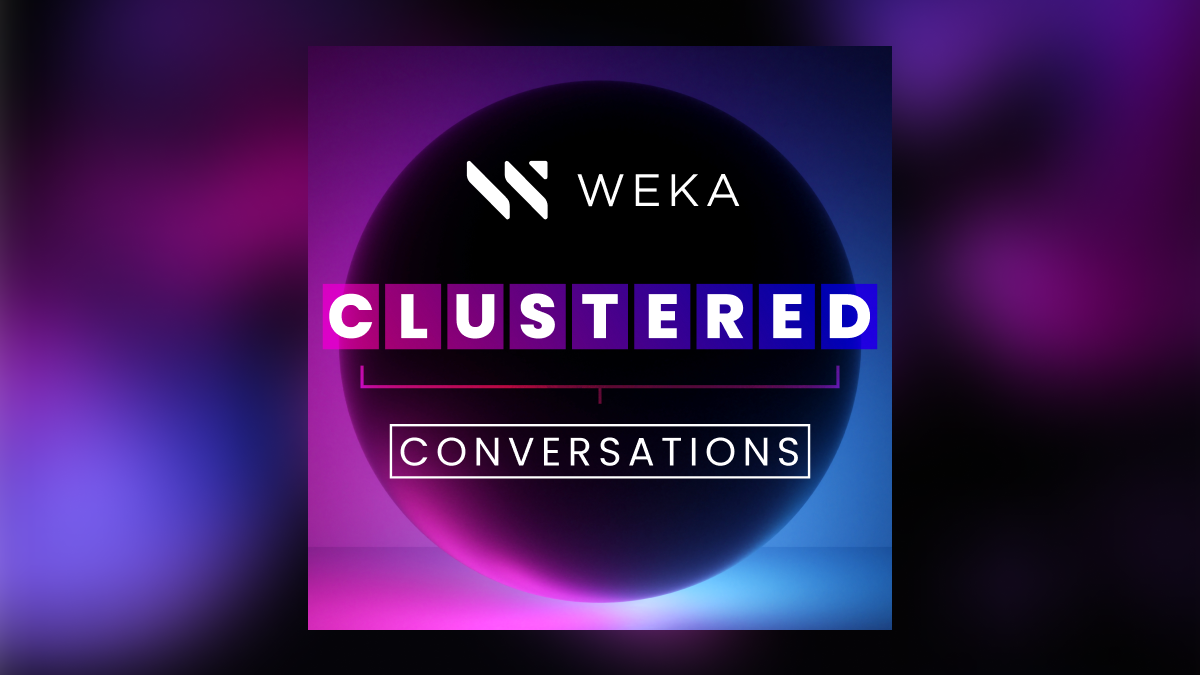HPDA (What Is It & Why Is It Important?)

Wondering about HPDA? We explain what high-performance data analytics is, how it relates to high-performance computing (HPC), and what it means for your modern data-intensive workloads.
What is high-performance data analytics?
High-performance data analytics combines HPC, data analytics, and big data. HPDA uses the speed and processing power of HPC to generate insights for complex data sets quickly. HPDA can be used for following processes:
- genomic sequencing
- autonomous driving
- medical research
- high-frequency stock trading
What Are HPDA and High-Performance Computing, and Why Are They Important?
Data analytics has been around for decades, if not centuries, but the onset of digital technology and high-powered computers changes how we think about data analysis. This is due to two significant sea changes in information theory and management:
- Big Data: Networked computers and software systems became more common, as did the ability for organizations to collect data from users. As more organizations, public and private, ramped up their data collection efforts (mainly through the cloud), the sheer volume of information available for analysis dwarfed all past efforts.
- Computational Analytics: One of the biggest challenges of big data architecture is that it becomes too much for a human mind to organize into meaningful insights. Modern computers, including those designed for automation, autonomous systems, and machine learning, were developed to handle this data better.
As more data enters our systems, more advanced analytical engines are created to derive intelligence for it. That intelligence helps developers and administrators develop more insightful analytics, which inform better ways to collect, organize, and analyze that data. This cycle of insight and innovation has led to the development of advanced systems, primarily cloud-based HPC cloud platforms.
HPC platforms are powerful, scalable, and flexible systems that facilitate intense workloads in some of the most computationally-demanding applications—like those made for genomic sequencing, artificial intelligence (AI), machine learning and data analytics.
Data analytics utilizing HPC systems to analyze tremendous amounts of data is called high-performance data analytics (HPDA). Like traditional big data analytics working on smaller data sets, HPDA can find patterns, trends, and insights from the most extensive data sets we have. HPDA focuses on speed and power through parallel computing and specialized software
What Is HPDA Architecture?
While there are several ways to organize an HPC environment or HPDA system, that doesn’t mean there aren’t some common elements.
Some of the primary aspects of HPDA architecture include the following:
- Streamlined Data Ingestion: Moving data from collection points into usable containers within your cloud systems costs time and money. In fact, this process can be one of the most efficiency-sapping processes in your HPDA stack. It’s critical to have optimized systems for the extraction, transformation, and loading (ETL) of data.
- Software That Supports Interoperability: Having an HPDA system doesn’t mean much if it can’t play well with different pieces of software or file formats. The software running on your HPDA cloud systems must function with the larger ecosystem of users, either within your organization or in the larger world of business and IT.
- Data Science Tools: We have to turn back to why you’d implement an HPDA system in the first palace—to work with data. More likely than not, you’ll have data scientists working on these systems, and you’ll want to include integrated data management and data science tools. Many scientists will not work with manual software, so these components will emphasize advanced tools like machine learning, AI. and business analytics.
- Business Use, Translation, and Visualization: Your analytics platform should produce intelligence from analyzed data and present it in a meaningful way to business users who will apply that insight to make decisions. On the surface, this can mean having robust graphing, plotting, and semantic analytics driven by software and AI. It can also mean a deeper involvement with your business users, allowing them to work with the categorization and semantics of the data itself to drive how data is interpreted and visualized.
In addition, you’ll have to implement comprehensive policies and practices for your data and how it is used. There will be major issues around data governance, compliance, privacy, and security that will play a role in each aspect of HPDA architecture.
What Are the Benefits of HPDA?
With big data analytics, your organization gets all the advantages of advanced insights and intelligence from massive amounts of data. HPDA can combine established data environments, like Apache Hadoop, with HPC architecture—two aspects that traditionally didn’t work together. You can enjoy several high-level benefits otherwise not available with traditional analytics:
- Speed: HPDA analyzes data quickly, in real time. With that kind of speed, you can enjoy more responsive intelligence-gathering efforts using large data sets—a significant benefit for data-driven businesses.
- Data Mining: Data collection is, in itself, a considerable task fraught with inefficiencies, bottlenecks, and challenges. HPDA can streamline data collection immensely by bringing the power of advanced HPC cloud systems to distributed customer relationship management (CRM) or enterprise resource planning (ERP) applications to make ingesting and structuring information easier.
- Advanced Analytics and Visualization: Not all types of data analysis are available to all platforms. More complex analytical processes, like large-scale graph analytics and visualization, are rendered more accessible and flexible in HPDA environments. HPDA also supports powerful performance for streaming analytics, where continuous analysis provides real-time intelligence (as opposed to batch analytics).
- Error Analysis: In large-scale analytics, errors may occur. Developing systems with data organization error analysis and remediation is complex in its own right and difficult to implement even in big data systems. With HPDA, you can implement error-checking and error intelligence even with high-demand workloads to ensure \data and intelligence integrity.
Combine these benefits, and you can see why HPDA is quickly becoming a major part of many industries. These industries include areas where computation and insight can effectively augment research, decision-making, and intelligence at scale: finance and investments, medical research, life sciences, machine learning, and AI.
Empower Your HPDA System with WekaIO High-Performance Cloud Solutions
The core of an HPDA system is high-performance computing. While HPC solutions exist through public cloud providers, it’s critical for high-demand workloads in areas like life sciences and machine learning to have tailored solutions that meet their research needs. They can build powerful HPDA systems to process some of the largest data sets available.
WekaIO provides HPC cloud systems to researchers and organizations leading innovation in their respective fields. We do so through a mix of advanced features:
- Streamlined and fast cloud file systems to combine multiple sources into a single high-performance computing system
- Industry-best, GPUDirect Performance (113 Gbps for a single DGX-2 and 162 Gbps for a single DGX A100)
- In-flight and at-rest encryption for GRC requirements
- Agile access and management for edge, core, and cloud development
- Scalability up to exabytes of storage across billions of files
If you are entering the world of high-performance data analytics and cloud computing, contact WekaIO HPC experts to learn how we will build your system as you need it.





